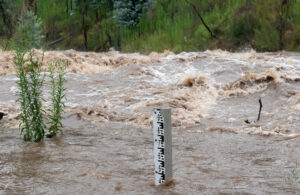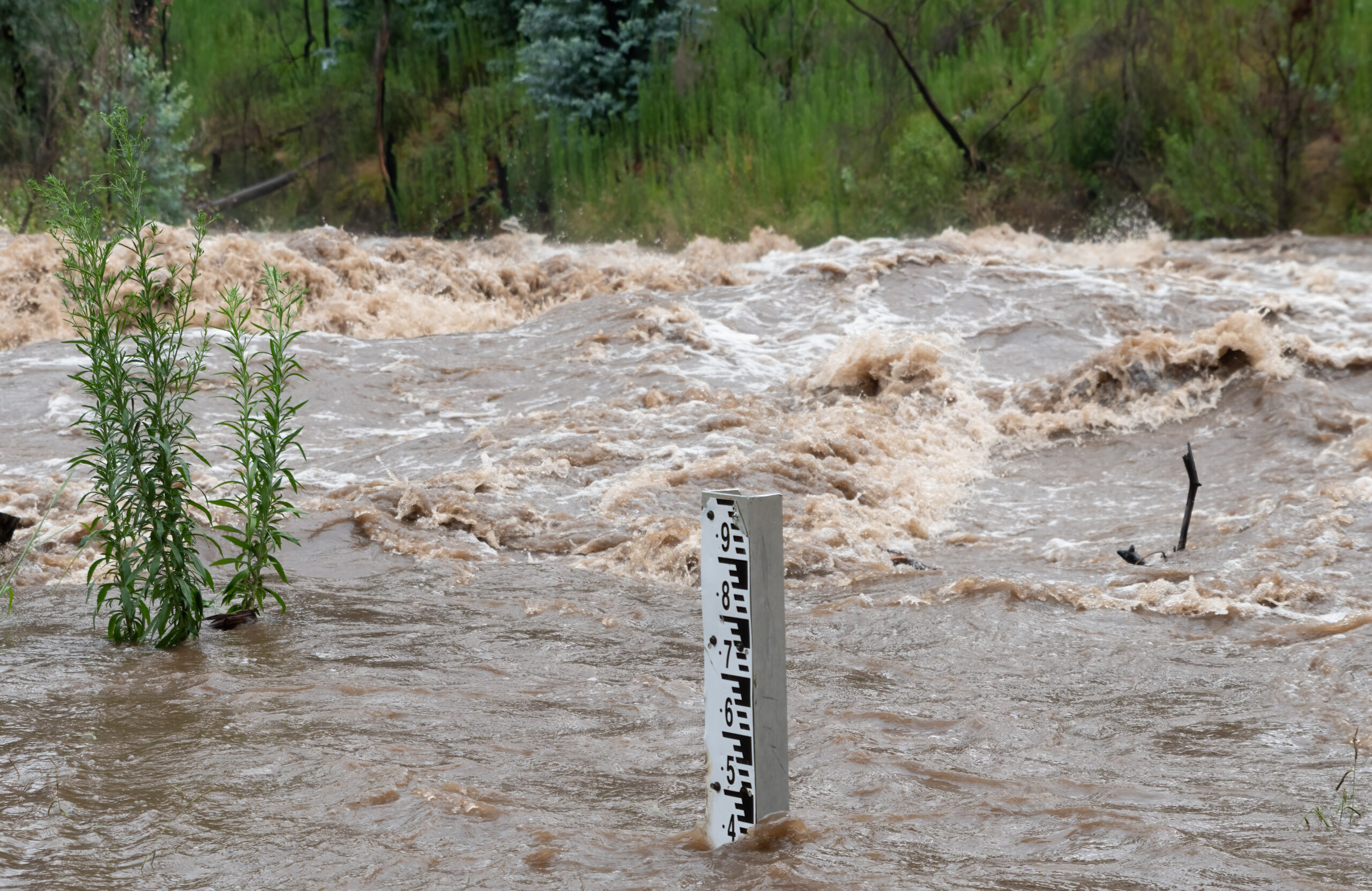 This opinion article was written by Penny Beames.
This opinion article was written by Penny Beames.
In early August of this year, Slovenia experienced its “worst-ever natural disaster.” About a month’s worth of rain fell in 24 hours, killing four and damaging thousands of buildings, roads, and bridges.
“The damage is unimaginable, as practically two-thirds of Slovenia is affected in one way or another,” said Prime Minister, Robert Golob. “[T]he efforts to enable normal life again will be very great.”
At first glance, this is a localized disaster. Those most affected live and work in Slovenia. But zoom out a little and teleconnections begin to appear, particularly in Europe’s international supply chains.
One of the worst affected companies is KLS Ljubno, a plant that employs about 250 people and supplies gear rings to 80 percent of Europe’s automotive manufacturing. Their equipment is either destroyed or caked in mud that will take months to clean up.
Without naming KLS Ljubno directly, Volkswagen announced in late August that the delay would cause some plants to suffer production interruptions. Now, thousands of workers at their Lisbon assembly plant are being laid off for the next nine weeks.
At GWSC, we investigate how life and livelihood disruptions associated with water events affect political instability. In the case of the Slovenia floods, those disruptions extend past both the flood and the country’s borders.
This is only one example of the teleconnected effects of water events. Recent drought in China’s Yunnan province reduced aluminum smelting by up to 40%; the lack of rain limited hydropower supply. Laos has cited drought as one motivation for suspending electricity to crypto mining operations in the country.
There’s also the drought-related traffic jam in the Panama Canal.
The interconnected nature of our world necessitates that we take a wider view of localized water events like floods and droughts. This is not a call for fragmentation. Rather, it is a reminder that water stories are complex, and what happens in one country may have effects that ripple out beyond its borders.

